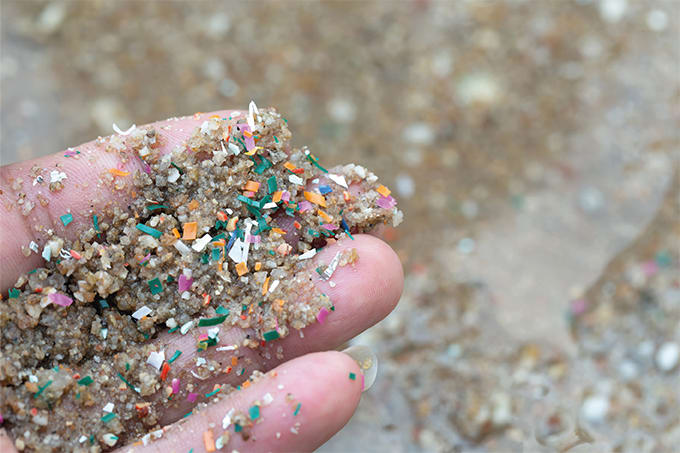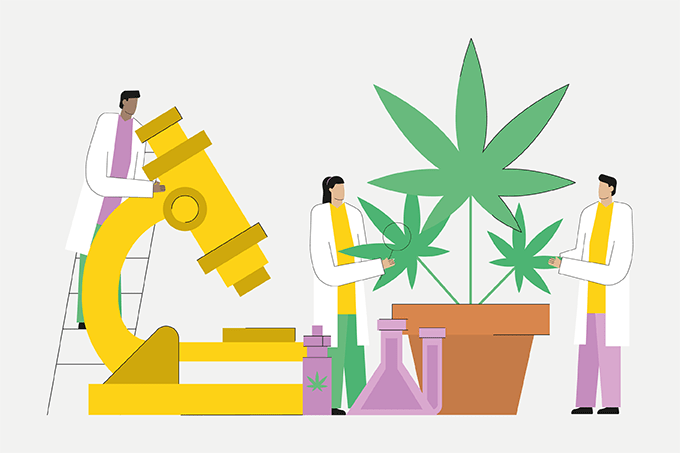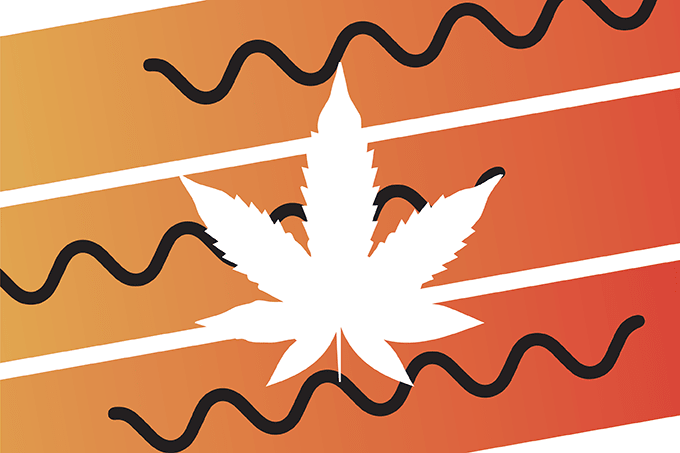A previously undetected class of compounds in cannabis leaves – flavoalkaloids, a rare subclass of phenolics with potential pharmaceutical value – have been uncovered by researchers from Stellenbosch University. The findings, published in Journal of Chromatography A, suggest that discarded cannabis leaves could hold greater bioactive potential than previously assumed.

The researchers applied comprehensive two-dimensional liquid chromatography and high-resolution mass spectrometry to profile phenolics in three commercial cannabis strains. In total, the team identified 79 phenolic compounds, including 25 never before reported in cannabis. Sixteen of these were tentatively identified as flavoalkaloids – hybrid compounds with both flavonoid and alkaloid characteristics.
“We know that cannabis is extremely complex – it contains more than 750 metabolites – but we did not expect such high variation in phenolic profiles between only three strains, nor to detect so many compounds for the first time in the species,” said Magriet Muller, first author of the study, in the team’s press release. “Especially the first evidence of flavoalkaloids in cannabis was very exciting.”
Flavoalkaloids are extremely rare in nature and challenging to detect due to their low abundance and structural complexity. The rare compounds had likely gone undetected in earlier studies due to their low abundance and structural similarity to more common flavonoids. “This kind of separation is only possible with the use of two-dimensional LC,” said
André de Villiers, head of Stellenbosch’s analytical chemistry group. “That’s why we were able to detect these rare compounds for the first time in cannabis.”
“Cannabis exhibits a rich and unique non-cannabinoid phenolic profile, which could be relevant from a biomedical research perspective,” de Villiers added.
The team now plans to apply their analytical workflow to a wider range of strains and plant tissues, with the aim of building a more complete picture of cannabis phenolic chemistry. They also suggest that future work should explore the bioactivity of the newly identified flavoalkaloids and assess their potential value in therapeutic or nutraceutical contexts.




